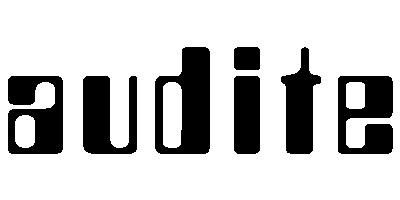|
A successful conclusion: completion of the eight-part Beethoven edition with the Quartetto di Cremona
The Quartetto di Cremona has spent over three years working on its recording series comprising all twenty string quartets as well as the two string quintets by Ludwig van Beethoven - a gigantic project which most ensembles tackle at a more advanced age. However, the Quartetto di Cremona, founded in 2000, wanted to experience it sooner - their leader, Cristiano Gualco, explains that "each Beethoven quartet is so distinct and tells a different story. When one has played all the quartets, not only does one really know Beethoven, but doing so also sharpens the mind for all music after him. For everyone has studied Beethoven."
The audite Beethoven cycle, with its exciting blend of spirit, precision and sense of sound - the Quartetto di Cremona's trademark - has its finger on the pulse: the success was so immediate that, following the first volumes, concert halls across Europe and the US invited the ensemble to perform: in many quarters their recordings enjoy reference status. Thanks to studying Beethoven so thoroughly, the ensemble's broad repertoire has gained a new level of intensity and their playing culture has been honed even further, both in terms of detailed expression and of overarching gestures and contours.
The final volume of the edition opens with the third of the Op. 18 Quartets with which Beethoven introduced himself as a composer in 1800 - six quartets which indeed all tell their own "story". From the tentative beginning, cautiously drawing the listener in, through to the tempestuous concluding tarantella, every bar of the Quartet in D major is replete and carefully considered.
Beethoven's debut quartet is contrasted with the so-called "Harp" Quartet, Op. 74, featuring yet another formal solution. A cunningly conceived first movement with prominent plucked "harp notes" is answered by the finale, where Beethoven reuses a (discarded) number from his incidental music to Goethe's freedom drama Egmont as a theme and variations - a clear indication of the fact that the composer, in 1809, at the time of the Napoleonic Wars, lived through politically precarious times.
1.String Quartet in D Major, Op. 18, No. 3: I. Allegro-7:56
2.String Quartet in D Major, Op. 18, No. 3: II. Andante con moto-8:23
3.String Quartet in D Major, Op. 18, No. 3: III. Allegro-3:12
4.String Quartet in D Major, Op. 18, No. 3: IV. Presto-6:10
5.String Quartet in E-Flat Major No. 10, Op. 74 "Harp Quartet": I. Poco adagio - Allegro-9:32
6.String Quartet in E-Flat Major No. 10, Op. 74 "Harp Quartet": II. Adagio ma non troppo-9:14
7.String Quartet in E-Flat Major No. 10, Op. 74 "Harp Quartet": III. Presto-5:10
8.String Quartet in E-Flat Major No. 10, Op. 74 "Harp Quartet": IV. Allegretto con variazioni-6:45. |
|



